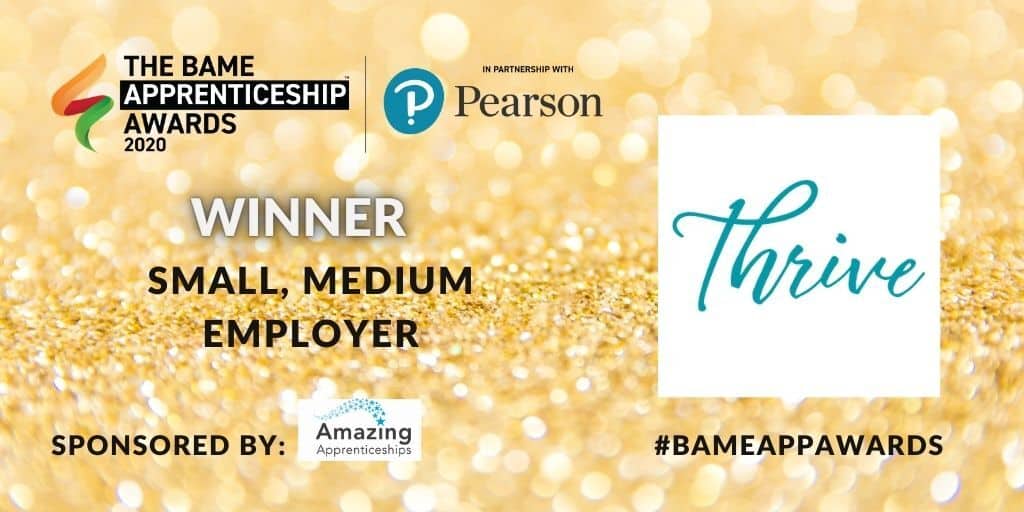On 28 May 2020, the Test and Trace scheme commenced. Under the scheme, people will be contacted by “contact tracers” and told to self-isolate, where they have come into contact with a person who tests positive.
What does Test and Trace mean?
Broadly the rules have not changed; anyone who develops symptoms have to isolate for seven days, with the rest of the household isolating for fourteen days. Anyone with those symptoms can ask for a test online or phone to arrange a test. However, the Government have also created the Test and Trace app as a central part of their strategy to move forward in light of COVID-19. Once the app is launched nationwide, it is predicted that the new technology will play a vital role in giving individuals an early warning if they have been in contact with someone with COVID-19. The exact timeframe for this app is currently unclear.
The process is similar to before in that if a test comes back negative, the individual and their household can go back to normal.
If the test comes back positive, tracers will contact who test positive with coronavirus and ask who they have had close contact with and places they have been. Any of those contacts deemed at risk of infection will be contacted by text, phone or email, and told to isolate for 14 days, even if they are not sick. Those persons will be tested only if they develop symptoms. The rest of their household does not have to isolate unless someone becomes ill.
Close contact, under contact tracing, is spending more than 15 minutes or more at a distance of less than 2m with people, or those that someone has direct contact with including household members. The contact must have taken place between two days before and up to seven days after symptoms appeared.
Some people may have to isolate on more than one occasion, we’re told to do so.
How does the app work?
- The app is downloaded on your phone from the app store or google play. Turn your Bluetooth on your phone.
- The app will ask you to provide the first half on your postcode this is to track hotpot areas of where the virus is breaking out. You are not required to provide any more details
- For the app to work at all time, your phone must be with you when you’re out and about. The app measures how far someone is away from you every 15 seconds, then if a phone comes into close contact it will keep that log for 28 days.
- The app will ask you to report any symptoms you may have. This data is then analysed to see if it meets the symptoms for the virus & whether you should self-isolate. If it does, an alert is sent to you and to your previous contacts to self-isolate.
- You will be tested for the virus, if it is positive an alert is sent again to stated that isolation remains in place for all contacts. If the person then takes a test and tests negative, they may be released from their self-isolation by notification through the app.
What happens if employees are told to isolate?
When instructed by contact tracers to isolate, or where employees have symptoms, they should be allowed to isolate at home as soon as possible. This means that, in some cases, employees should be instructed or encouraged to return home to commence self-isolation, to reduce possible infection of the rest of the workforce.
Employees who are isolating as instructed by Track and Trace will be eligible for sick pay and can obtain isolation notes from 111 online. Employers will be able to claim a rebate for the sick pay for up to 14 days for each employee.
Whilst it can seem like this is disruptive to a business, it is certainly less disruptive than an outbreak of Covid-19 within the workplace and in terms of looking even further forward would be a lot less disruptive than a second lockdown.
How can you ensure that staff tell their employer if they have symptoms or have been contacted through track and trace?
It is important that employees inform you if they have been contacted through the track and trace service or (later) through the app. It could be beneficial to have a policy in place which obliges staff to disclose their notification for the safety of other employees.
Some individuals may be reluctant to inform their employee because it would lead to them losing pay and being subject to only SSP.
It is recommended that if a business can afford to, SSP should be topped up, which would encourage honesty and people following the rules of test and trace.
Could an entire workplace or workforce be isolated?
This could be possible, but only where that workplace doesn’t have the necessary social distancing rules in place or are unable to do so. This is because, as above, a person has to be in close contact, which is being less than two metres apart for more than fifteen minutes. Where proper social distancing is observed, this shouldn’t be an issue.
The main area at which whole rafts of the workforce may be isolated could be on the use of public transport – if everyone comes in on the same bus, for example, where social distancing isn’t possible, then there could be mass isolation.
If a business wants to reduce the risk of large numbers of staff being isolated under Track and Trace, they should ensure that social distancing is strictly observed.
Also, employers might want to consider changing and staggering shift patterns, so there are fewer people in the office at any single time. This will reduce the number of people they come into contact with and will ultimately decrease the chances of the virus spreading.
It is vital that all employers conduct thorough risk assessments, particularly because the illness is a new and unprecedented risk. An employer could be breaching health and safety rules if they do not carry out these assessments.
If there is more than one reported case of Covid-19 associated with a workplace then it is advised that employers contact their local health protection team to report the suspected outbreak.
What about the app and what does the app mean in workplaces?
It was originally intended that everyone would have to download an app, which would assess the location of persons and who they have been in close contact with. Essentially, the app would do the work of the contact tracers, by identifying those persons who’ve been in contact with. The app would/will then notify those people of their isolation obligations.
The reports are that the app is still due to be released in due course. When it is released, companies may want to consider what their rules are on allowing mobile phones in workplaces and whether they support the use of the app during work hours. As above, it may be that employees will be contacted during work hours, and informed (through the app) of their contact with an infected person. If the app becomes the only method of this information, employers should ensure that employees have access to this.
Could I force my employees to download the app?
In short, we would suggest that you request staff to download the app on health and safety grounds. Whether you can demand that someone downloads an app which has proven health and safety benefits on their personal phone is an untested area; the concerns about employee privacy on their own devices may have precedence over the health and safety concerns. You can certainly request that all employees download the app on their work phones, but obviously the concern there is whether they take those work phones with them everywhere they go, or whether they have limited relevance when reviewing everyone an employee has been in contact with. If you do want to force people to download the app, you should perhaps ensure that there is a policy in place, to explain what is expected of employees in their usage of that app.
At the moment, there is no suggestion that it will be mandatory across the UK to download the app; It could potentially give rise to privacy concerns if people were forced to download the app, however, given that it is a completely new area, it has not been heard in courts as of yet.
Current update on the app
On June 18 the government admitted the app is flawed and it would switch it to a model being developed by apple and google.
The technical issues with Bluetooth delayed the app, it was discovered the app was only logging one in 25 contacts between people when it used on iPhones. The centralised version trialled on the Isle of Wight worked well at assessing the distance between two users but was poor at recognising Apple’s iPhones. Specifically, the software registered about 75% of nearby Android handsets but only 4% of iPhones. The app had been sent back to the drawing board after the Government decided the current approach presented too many technical challenges
With the UK having to swap its app for technology made by Apple and Google, there could still be a long wait for the new version to arrive. Especially given Apple deny that this conversation has indeed taken place. The government now intends to launch an app in the autumn, however, it says the product may not involve contact tracing at that point. Instead, the software may be limited to enabling users to report their symptoms and order a test.
NHS Test and Trace is already working to stop the spread of coronavirus and save lives. Building on previous work, data published on 18 June shows that tens of thousands more people who may have otherwise unwittingly spread the virus are now remaining safely at home.
Allegedly, the new apple & google tracing apple will work. Moreover, the Apple-Google design has been promoted as being more privacy-focused.
How will it work?
To participate in contact tracing, iPhone and Android phone users must have Bluetooth switched on.
When two people meet, their phones will exchange a “key” that identifies the phone. Each person keeps these individual keys on their phone.
If a few days later, one of those people is diagnosed with Covid-19, they enter the result into the app.
It will ask them to upload the previous 14 days of Bluetooth “keys” to the cloud.
Meanwhile, the phone belonging to the person they met with will periodically download the keys of everyone in their region who has tested positive.
The phone will detect a match and they will be alerted and sent information on what to do next.
Watch this space if it actually does come out in autumn.
There are lots more questions regarding how Track and Trace and the plans moving forward might impact the workplace and employees. If you have any further questions, our coronavirus helpline ([email protected]) remains open.
Written by the Thrive Tribe









